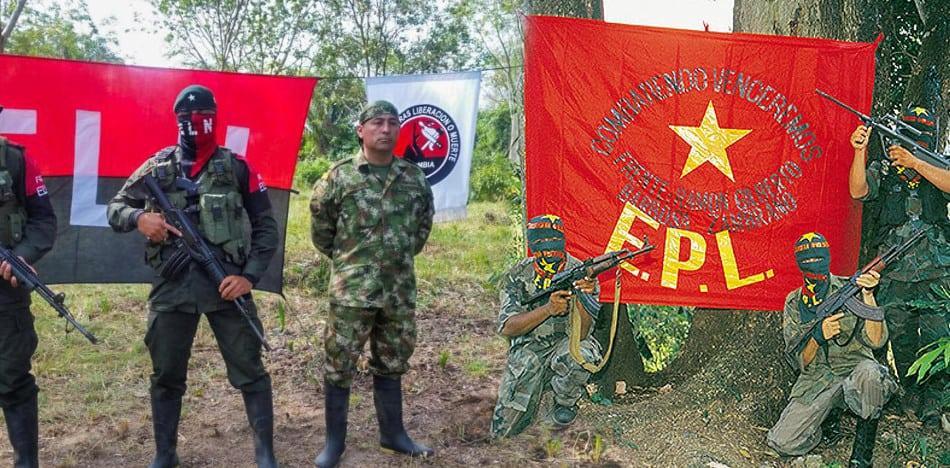
Colombia is currently undergoing a historic process in which the government is attempting to negotiate with all active guerrilla groups simultaneously for the first time. The mega-project of the country’s first left-wing president, Gustavo Petro, is reliving the limelight of the political-military struggle in the Latin American country, one of the oldest armed conflicts in the world. Who are the guerrillas still active in Colombia?
The National Liberation Army (ELN) was founded in 1964. The ELN initially sought to emulate the tactics of the Cuban Revolution. However, in 1989, it abandoned this approach in favor of adopting the “Poder Popular” (People’s Power) as its political program with the “aim of destroying the oligarchy while building self-government for the masses.”
The ELN defines itself as a political-military organization with Leninist principles but refrains from aligning with any political party. It boasts an estimated 6000 fighters, making it the largest Colombian guerrilla organization, characterized by a horizontal organizational structure.
The FARC-EP Segunda Marquetalia (SM) is faction that split from the main FARC organization. Once Colombia’s most significant guerrilla group, the FARC-EP laid down its weapons in 2016 as part of a peace treaty that has since faltered. In 2019, a faction of high ranking ex-FARC commanders led by the iconic Ivan Marquez resumed armed struggle under the banner of Segunda Marquetalia.
SM professes allegiance to the Marxist and Bolivarian principles of the “old” FARC but claims to purse a defensive military strategy. It encompasses guerrilla units, popular militias, a clandestine communist party, and civilian mass organizations.
FARC-EP Central Staff (EMC) is another faction that emerged during the peace process. EMC aimed to consolidate scattered “dissidents” under one federation. EMC wields significant military power with over 3500 active fighters spread across 173 communities in 22 provinces.
The EMC has less political clout than the Segunda Marquetalia and does not have a communist party but is militarily more powerful. It also draws on the legacy of the “old” FARC but differs significantly from its organizational model.
The Popular Liberation Army (EPL) is Colombia’s smallest active guerrilla group. The EPL traces its roots to the armed wing of the Maoist split of the Colombian Communist Party established in 1967. In 1991, a substantial portion of the EPL demobilized following a peace agreement, while a splinter faction retained its arms.
Facing internal turmoil, the EPL grappled with two competing command structures: one focused on drug trafficking, and the other committed to political-military struggle. In 2020, the political faction emerged victorious, eliminating its rival leadership, proclaiming in a communqiue that communists “retook control.” The EPL is the only guerrilla refusing negotiations with the state.
source: the Red Stream